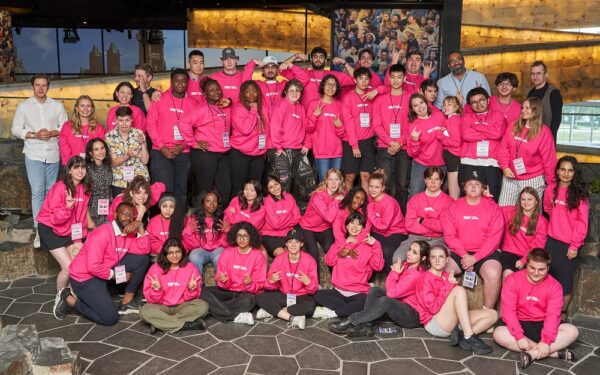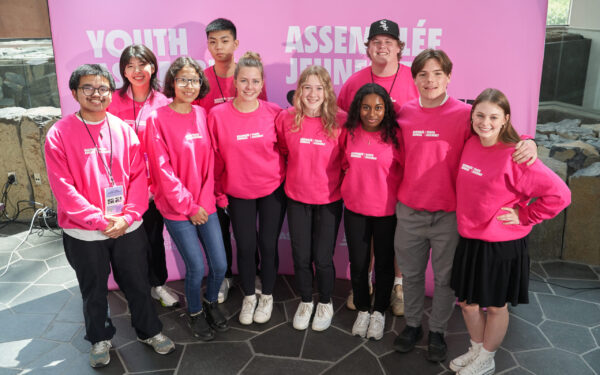Last month CIRA hosted its final virtual meetup of the year, Closing Indigenous digital divides: Connectivity and digital equity projects funded by CIRA. Our virtual conversation showcased three Indigenous-led projects designed to help improve connectivity in the First Nations communities of British Columbia.
These projects were funded by CIRA through the latest Community Investment Program granting round. For those new to CIRA, every year we take a portion of revenue generated by .CA domain registrations and reinvest it into projects that help improve Canada’s internet. We designed this event to highlight Indigenous leadership on broadband connectivity and the role every .CA domain plays in supporting their projects.
While a simple router reboot can resolve most connectivity issues in urban areas, slow or non-existent internet continues to be a source of frustration for people living in Indigenous communities. As a result, many Indigenous leaders have decided to take internet access into their own hands.
To bring these stories to life, we asked tech innovator and former Iqaluit Mayor, Madeleine Redfern to moderate a discussion with Denise Williams (First Nations Technology Council), Paige Richardson-Dudoward (Coastal First Nations) and Randy Radney (Tŝilhqot’in National Government) to share the stories of their projects and communities in their own words.
Here are a few takeaways that really stood out:
- Randy Radney shared how fires, floods and extreme weather events have underlined the importance of reliable local connectivity to help residents of isolated B.C. regions reach their communities.
- Indigenous communities have found local solutions to local problems—and have done so for thousands of years. The issue of internet connectivity is no different. Paige Richardson-Dudoward emphasized that tech-savvy youth on BC’s north coast are ready to become leaders in the Indigenous digital economy.
- Denise Williams shared her belief that digital equity won’t be achieved by relying on market forces alone. Instead, she’s calling on governments and other internet stakeholders take a rights-based approach to address systemic barriers.
- Madeleine Redfern challenged the telecom industry bias that bigger is better and championed community-led broadband projects as well as Indigenous participation in telecommunications consultations and policy making.
You can find a summary of the projects and a full recording of our virtual event below:
Featured Projects
First Nations Technology Council (FNTC)
The FNTC will co-create a Digital Equity Roadmap for leaders in First Nations communities to mobilize their communities towards achieving digital equity in six areas:
- Connectivity and infrastructure
- Policy and legislation
- Skills development
- Employment and business development
- Tech and innovation leadership
- Governance and self-determination
Great Bear Initiative Society (Coastal First Nations)
The Connected Coastal Nations project is leveraging federal and provincial funding to support Coastal First Nations community-owned ISPs to deliver high-speed internet throughout the region and increase the network performance among First Nations to reach the 50/10 Mbps universal standard.
Tsilhqot’in National Government (TNG)
TNG, I-Valley and Rock Networks have partnered to assess, design, and implement a cellular and broadband network in the Tsilhqot’in Nation. This project will create a working pilot to provide the foundation for a Tsilhqot’in owned and managed network as well as identify next steps for development.
Maureen James manages CIRA’s Community Investment Program. Her background is in fundraising, grantmaking and strategy development with non-profits internationally and here in Canada.





